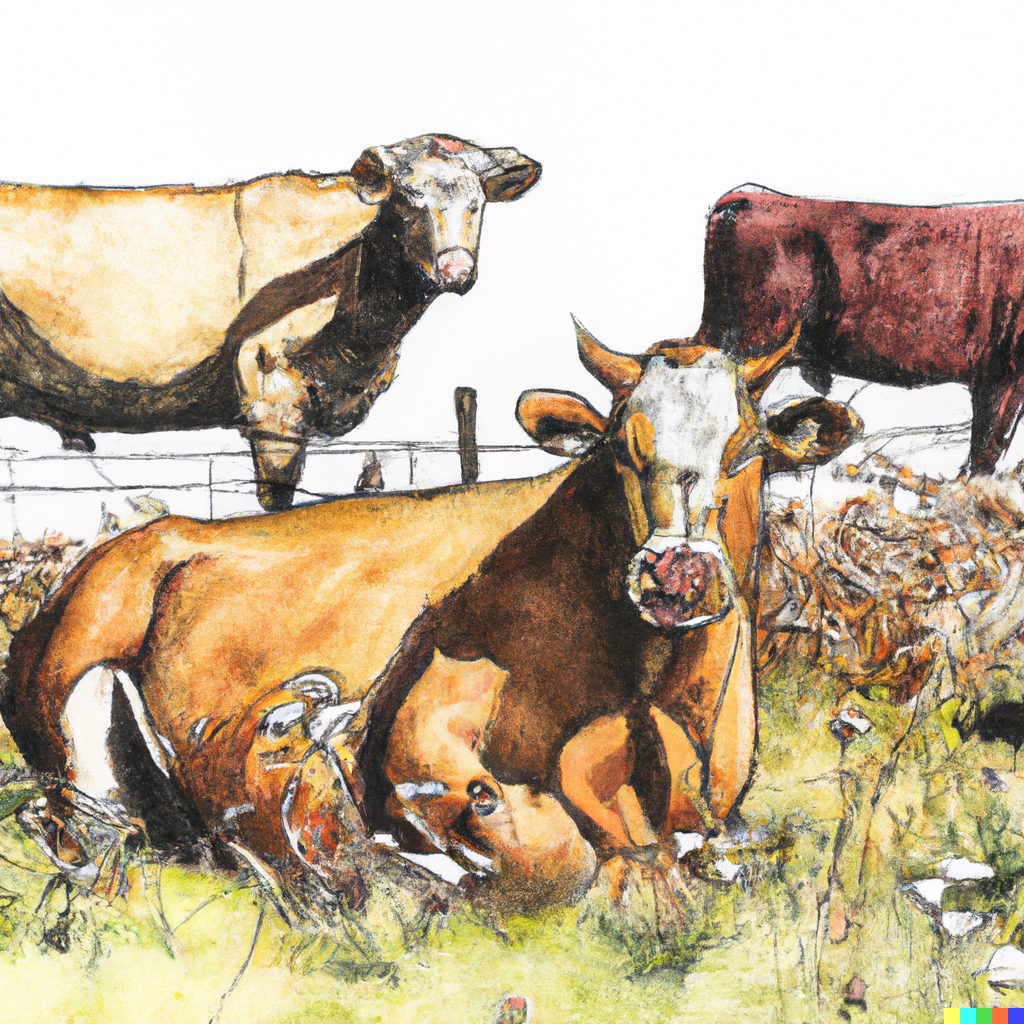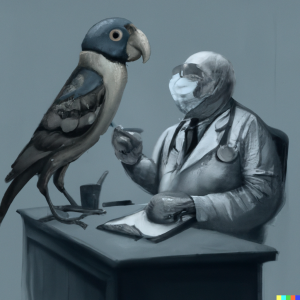
Bluetongue Disease: Understanding Its Impact and Public Health Implications
Bluetongue Disease, though relatively unknown to many, has the potential to significantly affect livestock industries worldwide. But what exactly is this disease? Who are its primary victims? And why should we be concerned about it from a public health perspective?
What is Bluetongue Disease?
Bluetongue Disease is a non-contagious viral disease primarily affecting sheep and other ruminants, such as cattle and deer. It’s caused by the Bluetongue virus (BTV) and is transmitted by certain species of biting midges from the Culicoides genus.
Symptoms in animals can range from mild to severe and include:
- Fever
- Excessive salivation
- Swollen tongue (often turning blue, hence the name)
- Lameness
- Inflamed coronary bands
Who is impacted by Bluetongue Disease?
While the disease predominantly impacts sheep, other ruminants can also be affected. Cattle, for example, can carry and spread the virus without showing obvious signs of illness. This asymptomatic nature in some animals makes controlling and detecting the disease particularly challenging.
Regions that have experienced outbreaks include Europe, Asia, North and South America, and Africa. The presence of the disease can significantly impact trade restrictions for affected countries, causing economic disruptions.
Public Health Implications
While Bluetongue Disease poses a substantial threat to the livestock industry, it’s crucial to note that the disease is not zoonotic, meaning it doesn’t transmit from animals to humans. However, the economic implications can be vast:
- Loss of Livestock: Severe outbreaks can lead to considerable livestock loss, impacting farmers’ livelihoods.
- Trade Restrictions: Infected regions often face trade restrictions, impacting the export of animals and related products.
- Increased Costs: Surveillance, vaccination programs, and other control measures can lead to increased costs for governments and livestock producers.
- Food Security: A substantial decrease in livestock numbers can potentially impact food availability in certain regions.
Resources about Bluetongue Disease:
- European Food Safety Authority (EFSA) – Bluetongue
- United States Department of Agriculture (USDA) – Bluetongue



